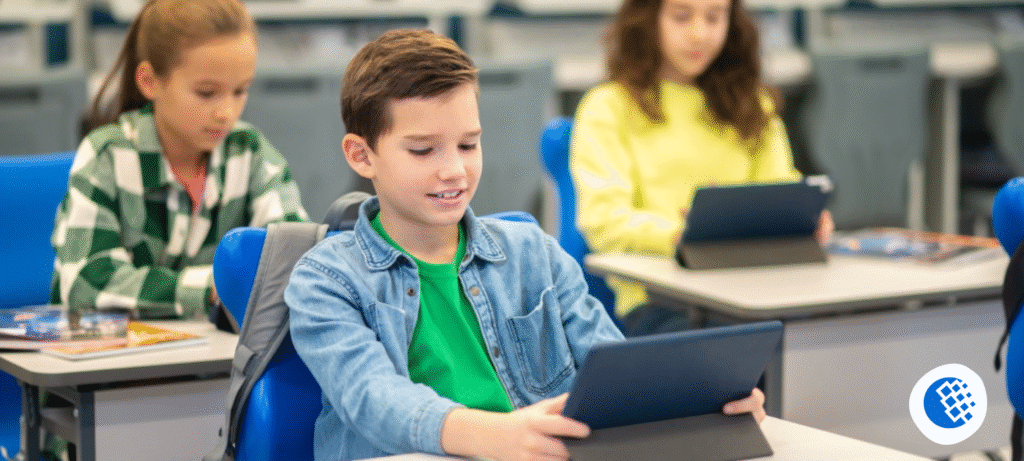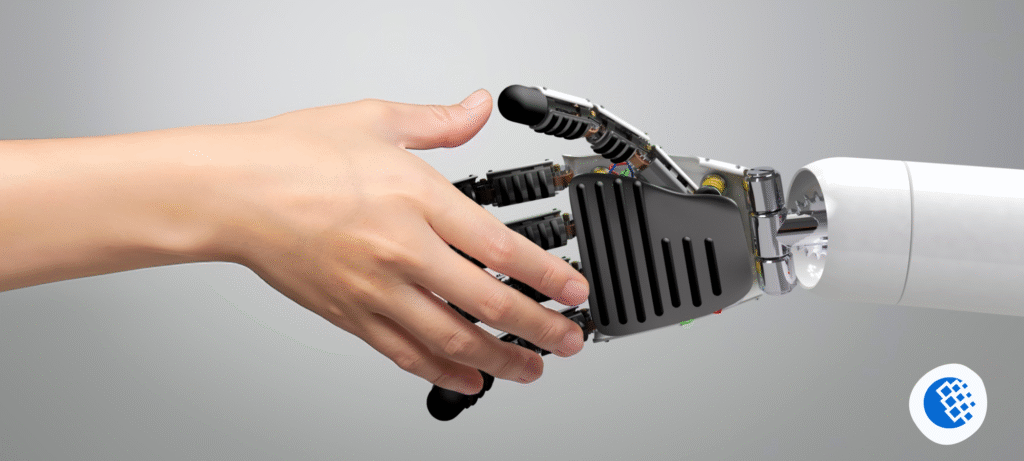One-to-one (1:1) device programs – where each student gets their own tablet or laptop – have become common in K–12 schools. By 2023, about 90% of U.S. high school and middle school classrooms had a 1:1 device setup. This model makes sure every child can use digital learning, but it also presents a challenge: how to keep all those student devices safe.
In a busy classroom, accidents happen. Drops, bumps, and spills can crack screens or break keyboards. In many schools, about 8% to 12% of student devices break each year. In some districts the rate is even higher. One large school system spent $3.5 million in a single year replacing lost or broken devices (about 11% of its inventory). Every broken tablet also means a student is left without a learning tool until it’s fixed or replaced.
Why Device Protection Matters
Given the high cost and frequency of damage, protecting student devices is a top priority. Providing protective cases for tablets and laptops is a simple and effective step to curb breakage. Quality cases absorb the shock from drops and other impacts. Such bumps are bound to happen in a school setting. This extra protection leads to far fewer cracked screens and other “tech-tastrophes.” That means schools avoid many costly repairs or replacements. A good case keeps a student’s iPad or Chromebook working longer. That saves money and keeps students learning instead of waiting on repairs.
How Custom Tablet Cases Support 1:1 Programs
Not all device cases are created equal. Custom tablet cases are designed for the specific devices and needs of a school. They use rugged materials, reinforced corners, and often include school logos or asset-tag slots. Here are key benefits of using custom cases in a one-to-one program:
- Preventing Damage and Breakage: A durable case helps prevent common damage from drops and rough handling. For example, one study found that equipping Chromebooks with rugged cases reduced drop-related damage by 85% compared to unprotected devices. With iPads, a shock-absorbing case can cut screen breakage incidents by up to 85–90%. Fewer broken devices means fewer disruptions to learning.
- Extending Device Lifespan & Saving Costs: When devices stay intact, they last longer. Schools that use protective cases often see big drops in their device repair bills. One analysis projected that adding cases could lower a district’s device damage rate from 20% to 5%. That change could cut yearly repair costs by as much as 75%. By preventing damage, cases let schools spend less on fixing devices and more on education.
- School Branding and Pride: Custom cases can be printed with the school’s logo, mascot, or colors. This turns a simple cover into a source of school pride. When every student’s device sports the school emblem, it creates a sense of unity. Providing each student with a branded case or sleeve fosters pride and school spirit.
- Easy Identification & Management: A uniform case makes it obvious that a device belongs to the school. Teachers and staff can quickly spot a school-issued tablet left in a classroom or hallway. If a student misplaces their Chromebook, a unique school case increases the chance it will be recognized and returned. Many custom cases have a transparent window or slot for an asset tag, so IT staff can scan and track each device without removing the case. Also, cases made of wipe-clean materials help with hygiene, since devices can be disinfected regularly to reduce germs.
- Equity and Inclusion: Issuing the same protective case to every student ensures all kids have equal device protection. This avoids burdening families with buying their own cases. No one is left out due to cost, because everyone’s device gets the same protection.
Real-World Examples
Many school districts have seen firsthand how cases make a difference. Moore Public Schools in Oklahoma found something striking. After giving students rugged cases for their laptops, their device breakage rate stayed below 4%.
Another example is the Auburn School Department in Maine. They made their 1:1 program more sustainable after switching from high-cost laptops to iPads. The iPads were about half the cost of the laptops even with cases and warranties, and they also proved more durable and easier to maintain. This change reduced costs and downtime, allowing the program to continue without budget strain.
Conclusion
Custom tablet cases are a common-sense solution to help one-to-one programs succeed. They protect a school’s investment in technology and reduce downtime from damaged equipment. These cases can even showcase school spirit or include practical features like asset-tag windows. It’s not a flashy high-tech fix. But something as simple as a sturdy case can save thousands in repair costs. It also keeps every student’s device working each day.Many schools partner with providers like CustomLogoCases to get custom-branded cases that fit their device models. CustomLogoCases alone has supplied protective cases to thousands of classrooms since 2010. With the right case, especially Custom iPad cases – an iPad can survive the daily trip in a student’s backpack, allowing one-to-one learning to continue without a hitch.





